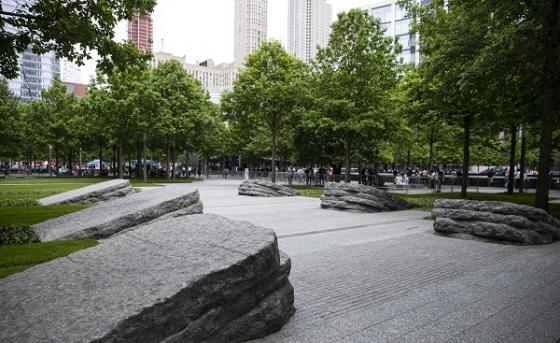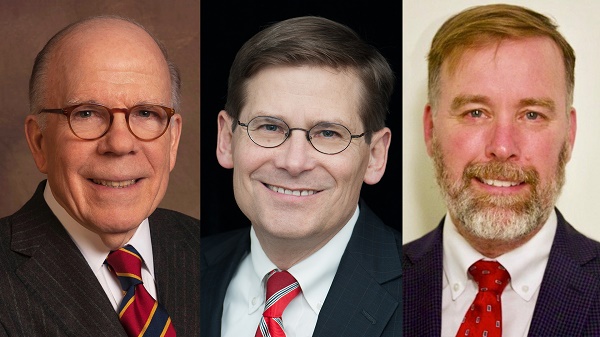Make a donation to the museum
Mesothelioma Awareness Day: Asbestos Exposure Continues to Impact 9/11 Rescue and Recovery Workers
Mesothelioma Awareness Day: Asbestos Exposure Continues to Impact 9/11 Rescue and Recovery Workers

While the events of September 11, 2001 will never leave the hearts of Americans, the aftermath continues to haunt those who dropped everything to search for survivors, recover remains and restore Ground Zero.
With the rising number of cancer diagnoses among 9/11 responders, Mesothelioma Awareness Day (MAD), an annual movement held on September 26, has taken on a new meaning. This year a leading focus of this initiative includes informing the community on the risk of inhaling asbestos and advocating for those heroes who so bravely served our country, exposing themselves to hazards and toxins in the air at and around the World Trade Center site.
The collapse of the twin towers resulted in a toxic plume that covered New York City for miles, releasing innumerable carcinogens throughout the air. Confirmed among these toxins was asbestos and officials now predict a rise in asbestos-related diseases, including cancers such as mesothelioma, among all workers and volunteers involved.
Asbestos riddles the dated infrastructure of New York City and up to 400 tons were used to construct the World Trade Center alone. These fibers cause no harm when undisturbed, however once they are damaged, they can fray, become loose and ultimately airborne. Once these invisible particles are released, they can be ingested or inhaled and permanently adhere to the lining of several internal organs. Symptoms of exposure have historically taken over 30 years to appear, leaving patients diagnosed in the advanced stages of an aggressive yet obscure cancer.
As a result of the exceptionally long latency period, workers are just now starting to come forward with signs of exposure, confirming initial suspicions of the life-threatening conditions at Ground Zero. This harsh reality has prompted the nation to take action through several initiatives including the World Trade Health Center Program, which tracks and monitors responders suffering from any related health issues. Furthermore, in July 2019, the United States Senate voted 97–2 to pass a permanent authorization of the 9/11 victims compensation fund, ensuring that any family impacted by this epidemic receives the financial assistance they so desperately need.
To get involved with MAD, we encourage all advocates to wear blue and show support across social channels with the tag #curemeso. This year, we are taking this opportunity to not only spotlight mesothelioma awareness, but those who may have been unknowingly exposed on 9/11 and are high risk. We hope this message urges anyone involved in Ground Zero recovery effort to notify their physician and get screened in order to detect an asbestos-related condition as early as possible.
Learn more about 9/11 health resources and the significance of the 9/11 Memorial Glade.
By Emily Liptak
Previous Post
Former CIA Officers to Speak at 9/11 Memorial Museum

Former Central Intelligence Agency Acting Directors John McLaughlin and Michael Morell and former CIA Senior Paramilitary Officer Phil Reilly will discuss how the Agency was uniquely positioned to support policymakers and military operations in the crucial 15 days immediately following the attacks, as well as how 9/11 ushered in a new era of intelligence work.
Next Post
New to the 9/11 Memorial Museum Collection: Stuffed Animals Belonging to Zoe and Dana Falkenberg

A plush-toy dinosaur and small, cuddly bear recently acquired by the 9/11 Memorial Museum serve as stand-ins for the two sisters who had been their affectionate caretakers: 8-year-old Zoe Falkenberg, and her 3-year-old sister, Dana Falkenberg. The girls were passengers aboard hijacked Flight 77, which crashed into the Pentagon.